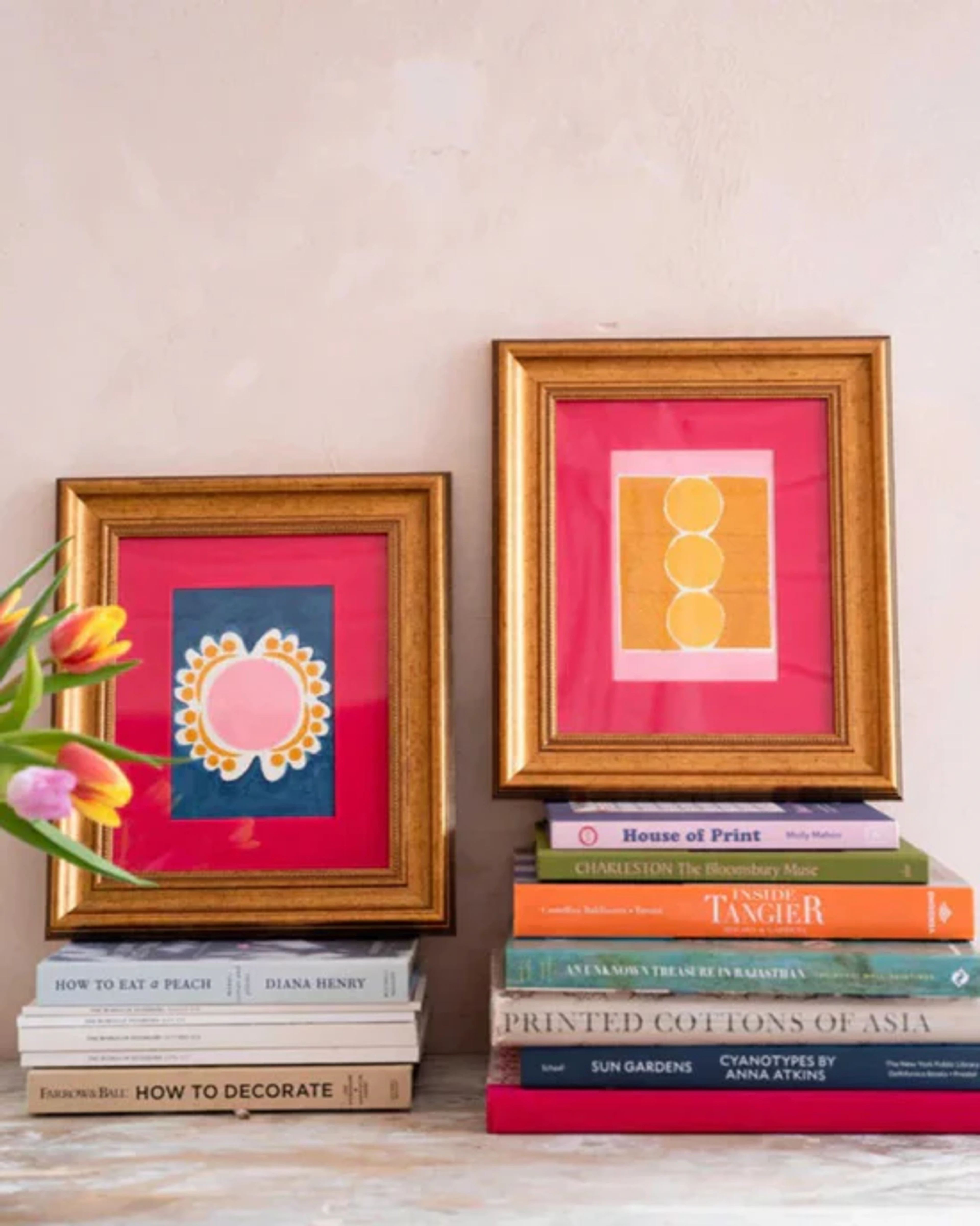
Art for Book Lovers: Creating Your Literary Sanctuary
Discover how art can transform your reading space into a personal sanctuary. Explore connections between art styles and literary genres, practical decorating tips, and finding art that speaks to your book-loving soul.
Art for Book Lovers: Creating Your Literary Sanctuary
Okay, let's be honest. If you're anything like me, your relationship with books is... well, it's a relationship. It's deep, it's personal, and sometimes, it's the most reliable thing in your life. You know the feeling: sinking into a comfortable chair, the weight of a beloved book in your hands, the world outside fading away. It's a kind of magic, isn't it? A quiet, profound escape.
But what if I told you that art could make that magic even more potent? That the right piece of art, placed just so, could deepen the atmosphere, spark new thoughts, or simply make your reading nook feel like the sacred space it deserves to be? As an artist who also happens to be utterly devoted to the written word (my bookshelves are staging a quiet rebellion against the laws of physics, honestly), I've spent a lot of time pondering this very connection. It's not just about hanging pretty pictures; it's about creating an environment that nourishes both the mind and the soul. It's about curating your visual world to complement your literary one.
Why Art and Books Are Soulmates
Think about it. Both art and books transport us. They invite us into different worlds, challenge our perspectives, and evoke powerful emotions. A great painting can make you feel something wordlessly, just as a powerful passage in a novel can paint vivid pictures in your mind. They're two sides of the same coin, really – different languages for exploring the human experience. They speak to the same parts of us that crave beauty, understanding, and connection.
For me, having art around while I read isn't a distraction; it's an anchor. It grounds me in my physical space while my mind wanders through fictional landscapes or complex ideas. Sometimes, a color or a shape in a painting will unexpectedly resonate with a description in my book, creating a surprising little moment of connection. It's like a quiet conversation between the visual and the literary, happening just for me. I remember reading a particularly vivid description of a stormy sea and glancing up at a small abstract piece with swirling blues and greys – it felt like the painting was echoing the words on the page. It was a small thing, but it deepened the immersion in a way I hadn't expected.
Crafting Your Perfect Reading Nook (with Art!)
So, how do you actually do this? How do you bring art into your book-filled world in a way that feels natural and enhancing? It starts with looking at your space. Do you have a dedicated reading chair? A cozy corner? A whole room that's your personal library (lucky you!)? Wherever you read, that's your canvas. Even a small corner with a comfortable cushion and good light can become a sanctuary.
Consider the mood you want to create. Is it a vibrant, inspiring space for tackling challenging non-fiction? Maybe something bold and abstract would work, like a piece with energetic brushstrokes or striking colors. Or is it a calm, contemplative retreat for losing yourself in fiction? Softer, more atmospheric pieces, perhaps landscapes or subtle abstract works, might be the key. Thinking about how artists use color can be incredibly helpful here. Warm colors like reds and oranges can feel stimulating and energetic, while cool colors like blues and greens tend to be calming and peaceful – perfect for a relaxing read.
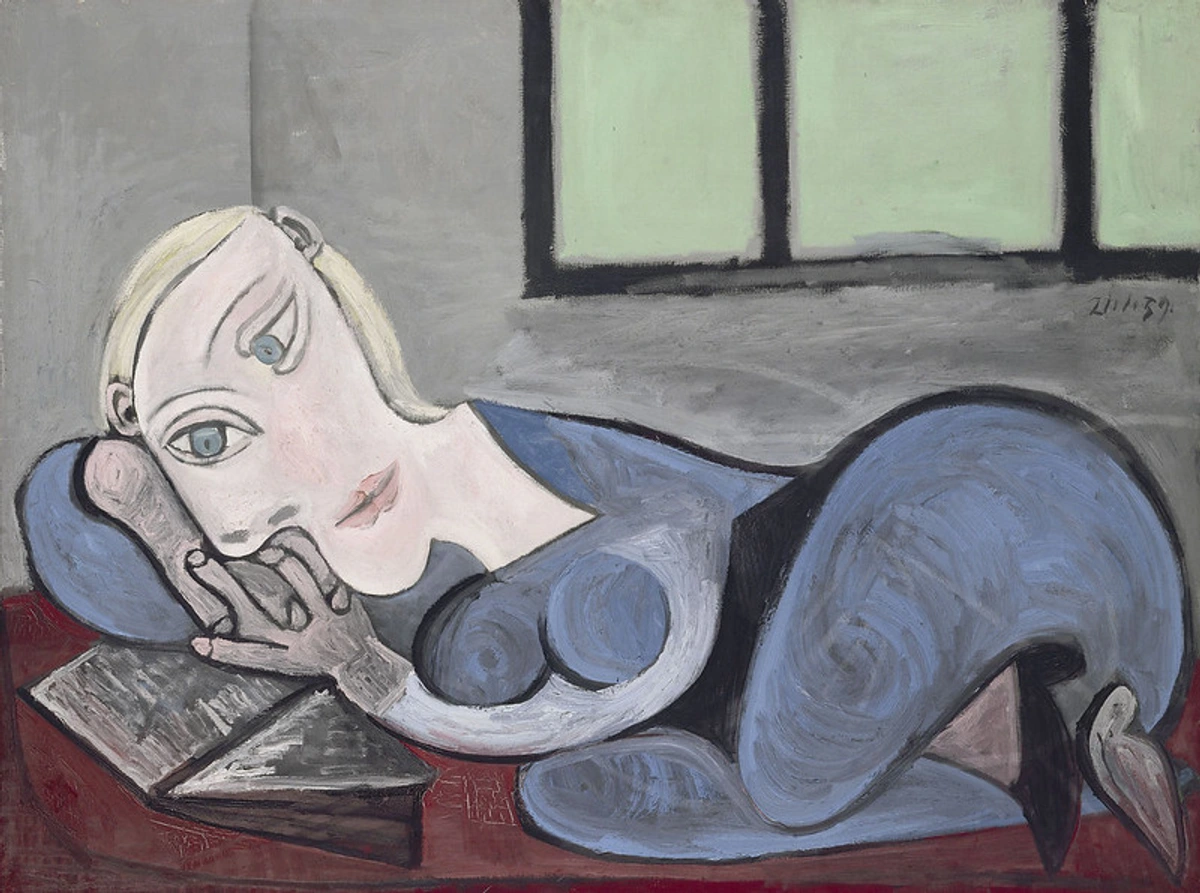
Placement is key. A large piece above a bookshelf can make a statement. Smaller pieces can be tucked onto shelves alongside books, creating little vignettes. A gallery wall near your reading chair can surround you with inspiration. Don't be afraid to mix and match sizes and styles – just like a well-curated bookshelf has diverse voices, your art collection can too. If you're unsure where to start with decorating, thinking about how to decorate your home or specifically how to decorate a wall can give you some foundational ideas.
Here are a few quick tips for integrating art into your reading space:
- Consider Scale: A massive piece in a tiny nook can feel overwhelming, while a postage stamp-sized work on a huge wall might get lost. Match the art size to the wall space and the overall scale of the furniture.
- Think About Light: Natural light is great, but avoid direct sunlight that can fade artwork. Adjustable lamps can highlight pieces in the evening and provide reading light.
- Don't Forget Framing: Framing your artwork isn't just about protection; it's about presentation. A well-chosen frame can elevate a simple print and make it feel like a significant part of your decor.
- Rotate Your Collection: Just like you might revisit favorite books or discover new ones, consider rotating the art in your reading space. Swapping pieces in and out can keep the environment feeling fresh and offer new visual dialogues with your current reads.
Art That Speaks the Language of Books
Beyond just decorating your space, there's art that feels inherently connected to the world of books. This could be art that literally depicts reading or books, or pieces that evoke the feeling of certain genres or stories. Let's break down a few ways art can resonate with your literary tastes.
Art that Evokes Literary Moods and Genres
Different art styles can mirror the atmosphere and themes of various literary genres. It's about finding visual art that feels like the aesthetic soulmate to the stories you love.
- Abstract Art: Just as a novel leaves room for your imagination to fill in the details, abstract art invites interpretation. It doesn't tell you what to see, but rather how to feel. A piece with swirling blues and greens might feel like a deep-sea adventure novel, while sharp, geometric forms could echo the tension and structure of a thriller or a complex philosophical text. Exploring what makes abstract art compelling can open up a whole new way of seeing and connecting.
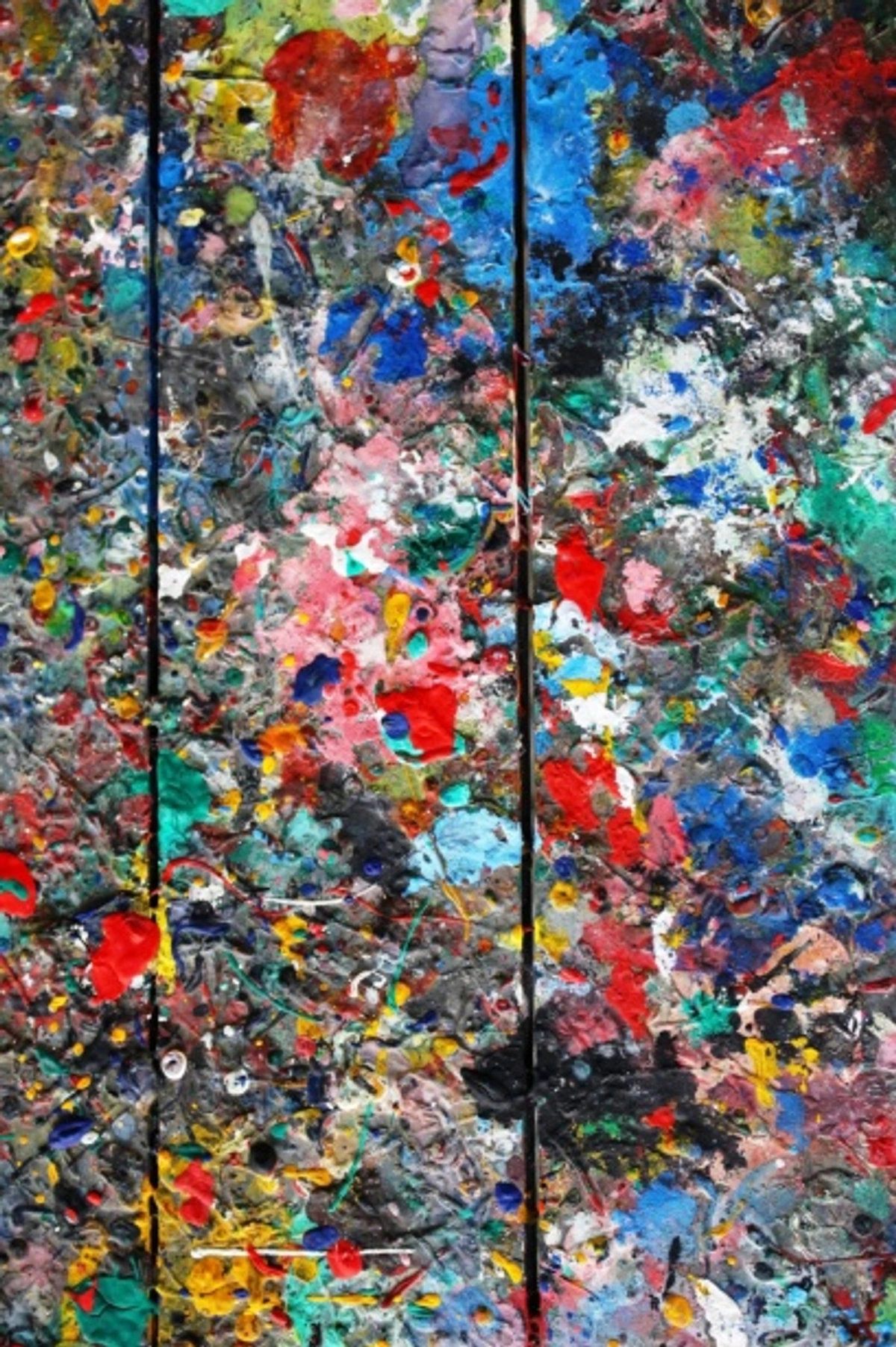 credit, licence
credit, licence - Impressionism: The focus on capturing fleeting moments, light, and atmosphere in Impressionist paintings can pair beautifully with historical fiction, nature writing, or even romance novels that emphasize sensory details and emotional nuance. Think of Monet's gardens or Renoir's sun-dappled scenes – they evoke a specific time and feeling, much like a well-crafted historical setting.
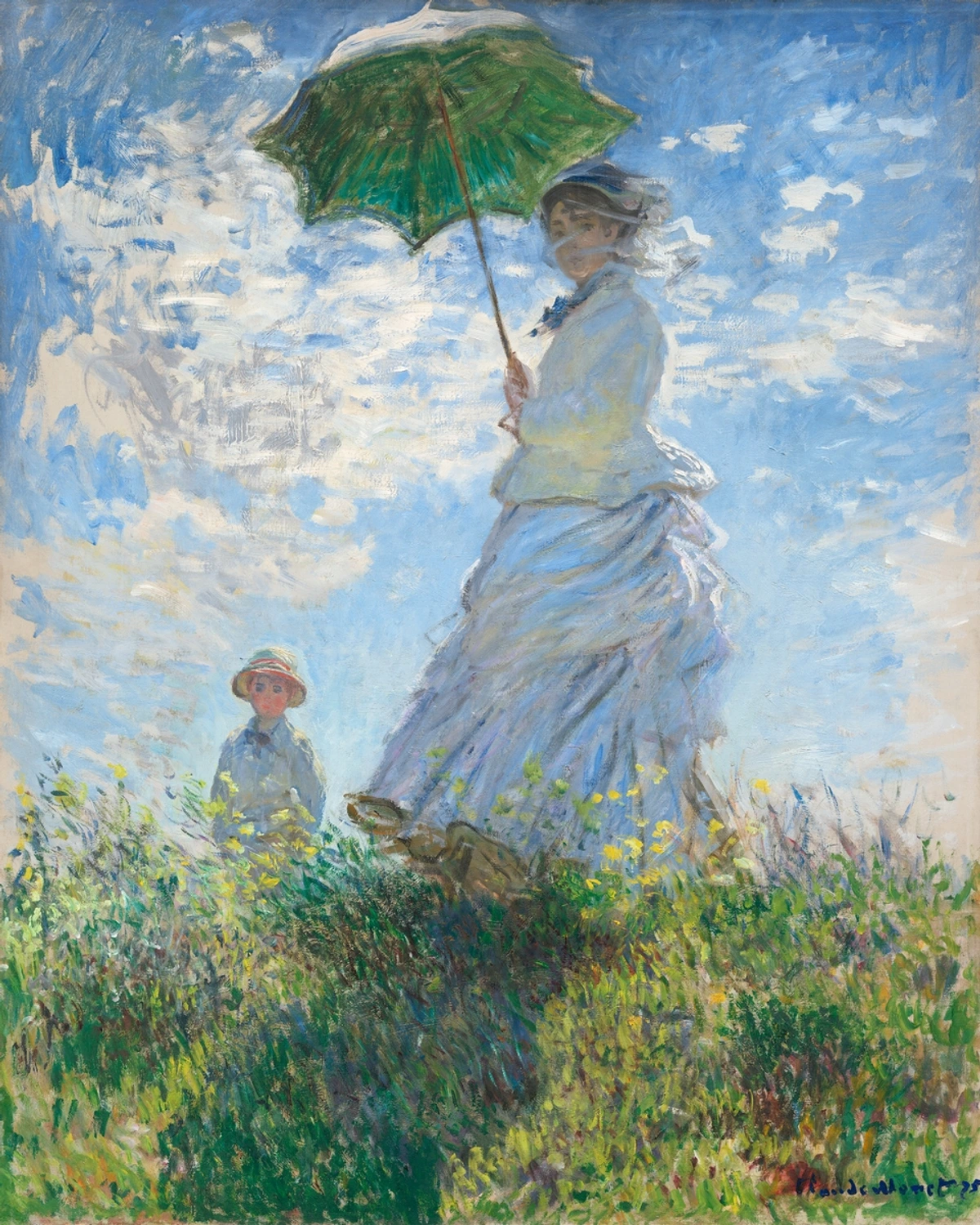
- Expressionism: With its emphasis on conveying intense emotion and subjective experience through distorted forms and bold colors, Expressionism is a perfect match for psychological thrillers, intense dramas, or literature that delves into the depths of the human psyche. Edvard Munch's The Scream, for instance, visually captures a feeling of existential dread that resonates with many darker literary works.
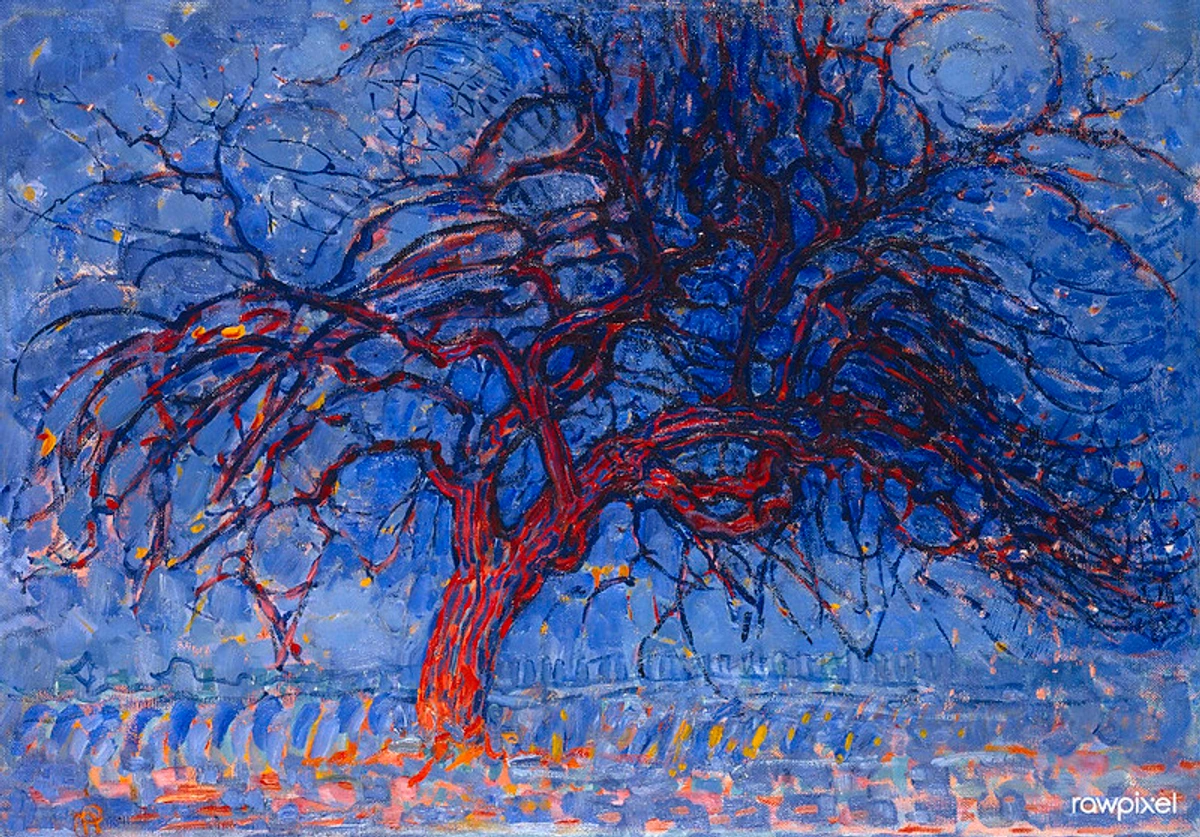
- Surrealism: The dreamlike, often bizarre imagery of Surrealism aligns wonderfully with magical realism, fantasy, or experimental fiction. Works by Dalí or Magritte can transport you to illogical yet meaningful landscapes, much like the worlds created by authors who bend reality. A piece featuring melting clocks or floating objects could be the perfect visual companion to a Gabriel García Márquez novel.

Understanding all art styles can be like exploring a different kind of library, full of visual narratives waiting to be discovered.
Art Literally Inspired by Books
Sometimes the connection is more direct. Art can be explicitly linked to literature.
- Illustrations: Framing beautiful illustrations from beloved books, whether classic fairy tales or modern graphic novels, is a wonderful way to bring the visual life of a story onto your walls.
- Mythology and History: Many books draw heavily on mythology or historical events. Art depicting these themes can provide a rich visual context for your reading. Think of classical paintings of Greek myths or historical battle scenes.
- Art with Text: Pieces that incorporate words, quotes, or typography are an obvious fit. Art with words creates a direct dialogue between the visual and the literary.
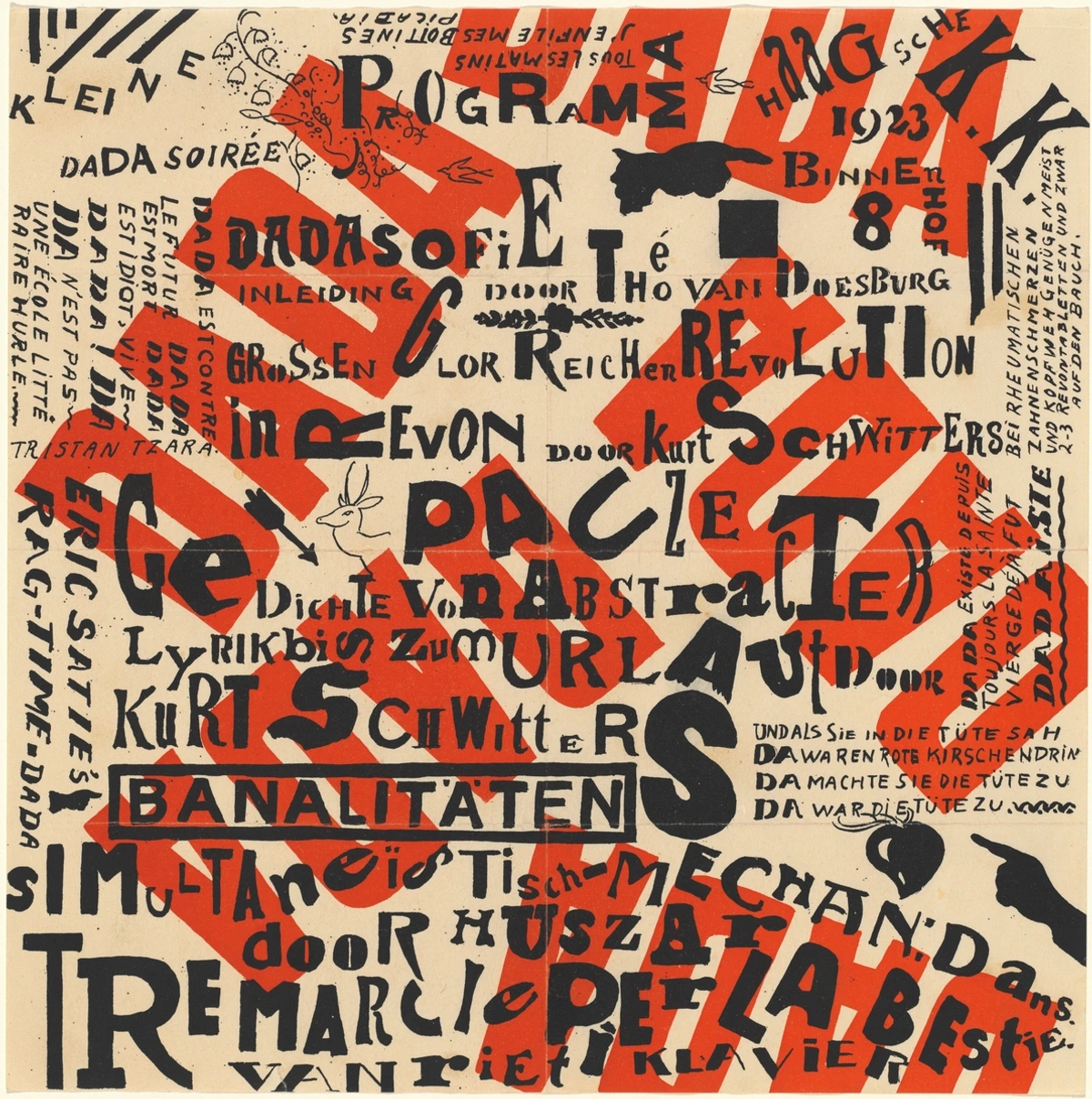
- Literary Maps: Artistic maps of fictional worlds (Middle-earth, Westeros, etc.) are a popular and engaging way to combine cartography and literature.
Beyond Paintings: Other Art Forms
Art for your reading space doesn't have to be limited to paintings or prints. Consider other mediums that can add texture and interest.
- Photography: A striking photograph of a landscape that reminds you of a favorite book's setting, or even a portrait of a beloved author, can be a powerful addition. The European House of Photography is a great example of a space dedicated to this medium.
- Sculpture: A small sculpture on a nearby table or bookshelf can add a tactile dimension. Look for pieces inspired by literary themes or simply forms that you find contemplative. Art gallery sculpture can range from classical busts to abstract forms.
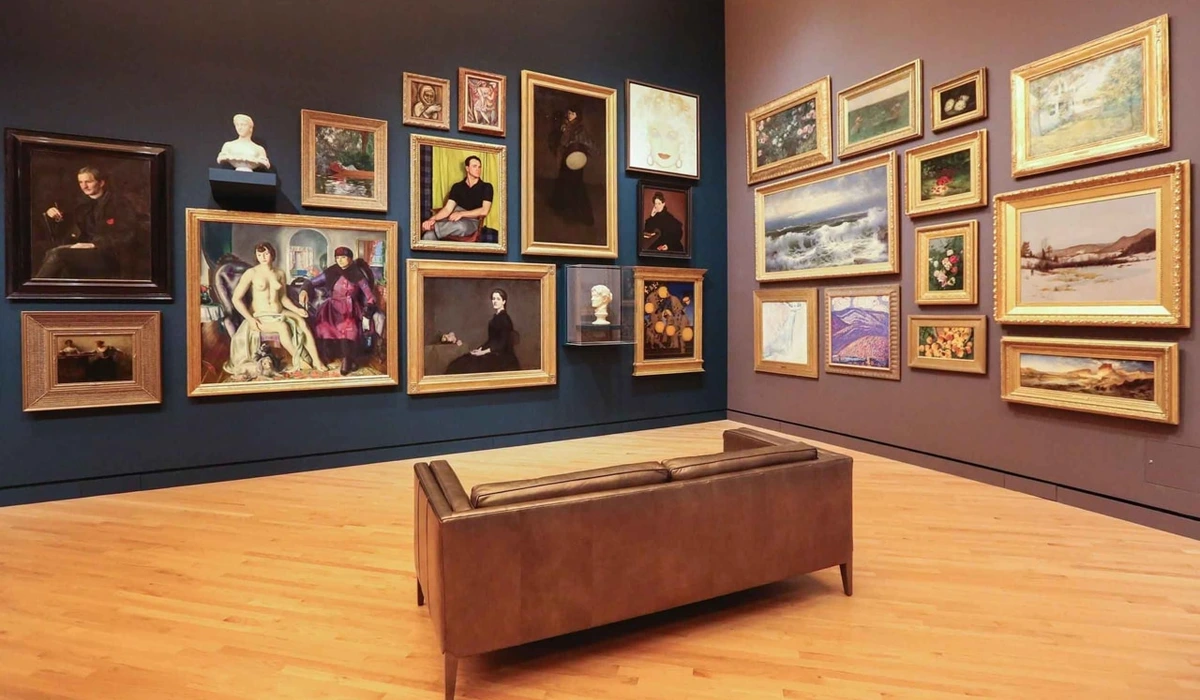
- Textiles: Tapestries, wall hangings, or even interesting cushions can add color, pattern, and a sense of warmth to your space.
- Digital Art: Art created digitally, perhaps inspired by science fiction or fantasy themes, can be displayed on digital frames or printed.
Exploring different types of artwork can broaden your horizons for decorating your literary haven.
Finding Your Literary Art Collection
Building a collection of art for your reading space doesn't have to be intimidating or expensive. Just like you might start with paperback novels before investing in first editions, you can begin with affordable options.
Buying art prints is a fantastic way to bring beautiful, high-quality art into your home without breaking the bank. There are so many options available online and in local shops. If you're looking for something truly unique, consider buying art from local artists or exploring where to find affordable original art online. The thrill of finding a piece that speaks to you is similar to discovering a new favorite author. You can even buy art directly from artists whose work resonates with you.
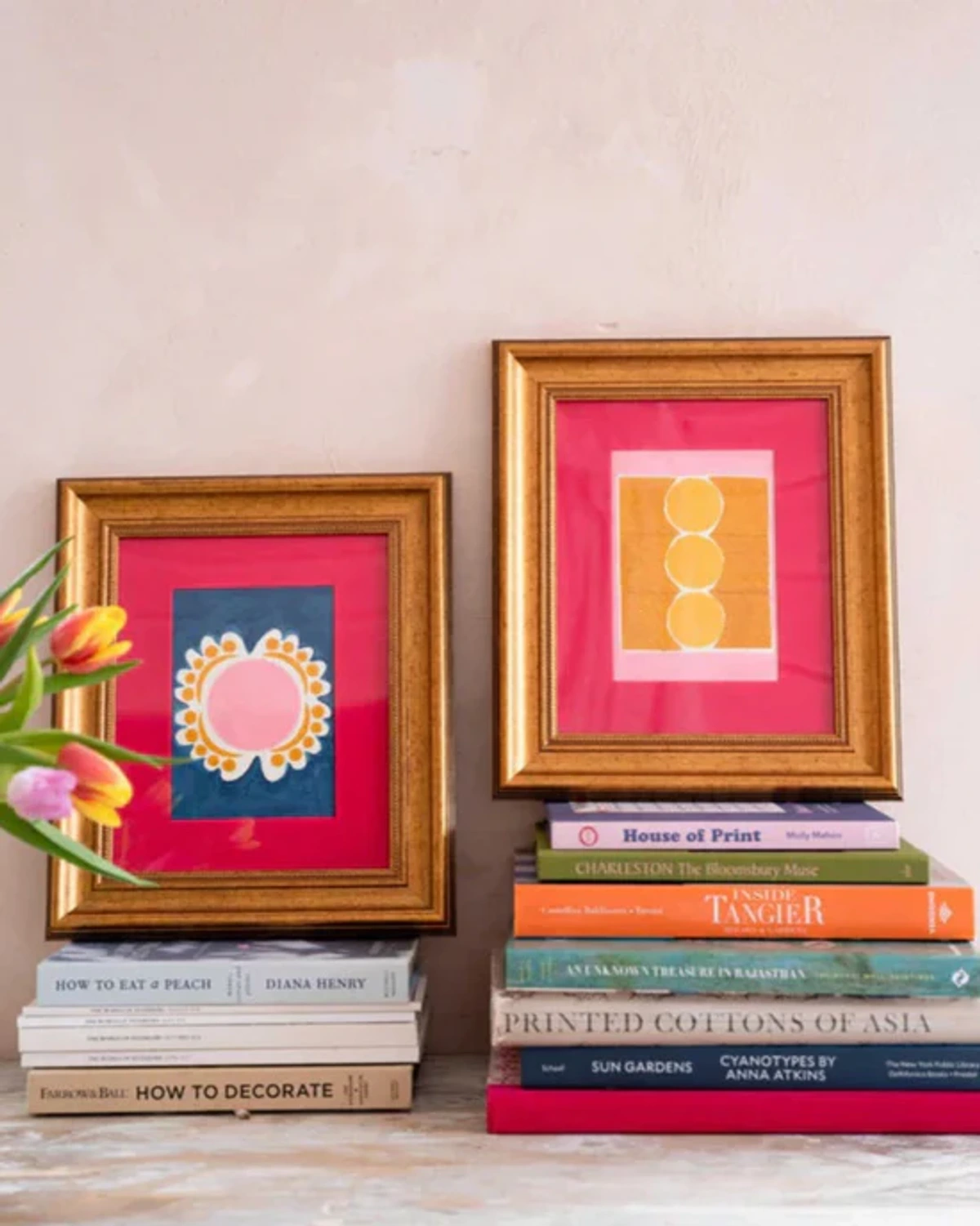
Don't feel pressured to buy what's trendy or expensive. The most important thing is to choose art that you genuinely love and that enhances your personal reading experience. Trust your gut, just like you do when picking up a book that calls to you from the shelf.
Creating Your Sanctuary
Ultimately, the goal is to create a space where you feel comfortable, inspired, and fully immersed in the worlds you explore through books. Art is a powerful tool in achieving this. It adds layers of meaning, beauty, and personal expression to your reading nook, transforming it from just a place to sit into a true sanctuary for your mind and soul.
These visual companions can even serve as conversation starters when friends visit your space, prompting discussions about both the art and the books that share the room. It's a beautiful way to share your passions.
So go forth, fellow book lover! Look around your reading space and imagine the possibilities. What art would make your literary heart sing? What visual story wants to join the narratives on your shelves? Start small, explore, and build a sanctuary that is uniquely, wonderfully yours. After all, your reading space should be as rich and complex as the stories you fill it with.




